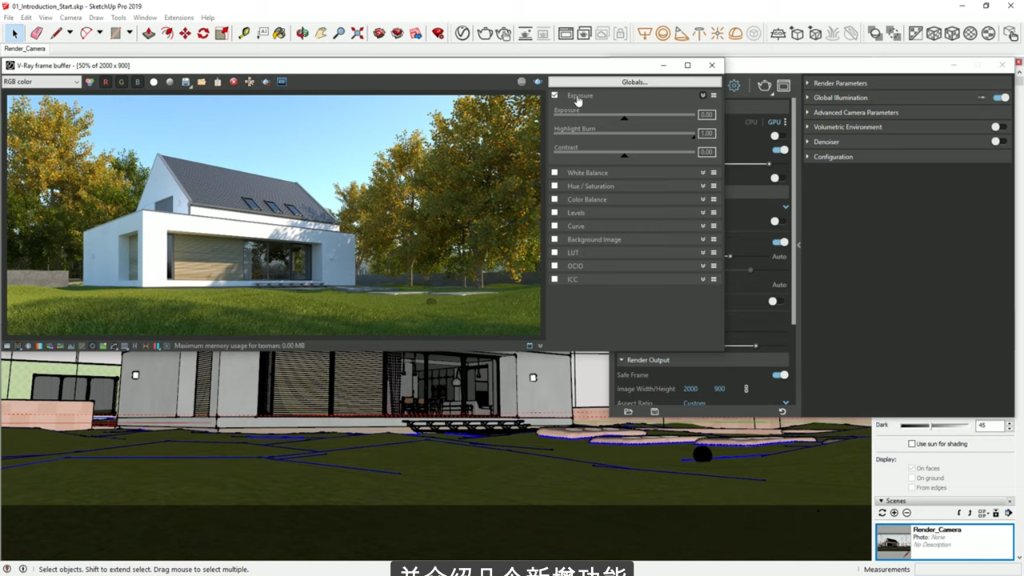
This lets you avoid the unwanted repetition and patterning which can be seen even with seamless textures when they are scaled to fit large surfaces such as floors, walls, ground surfaces, etc.
CORONA VS VRAY SERIES
Second, it lets you randomize UVW positioning, rotation, and scaling in just one object by dividing the UVW space into a series of tiles. The example below shows the material preview on the left, and the material in a rendered scene on the right: The default 3ds Max or Cinema 4D material preview scene is replaced with a custom, more representative Corona scene, so you get a genuine “What You See Is What You Get” material editor. Material previewing uses the same rendering engine as the final frame rendering. Note: The Legacy material exists to ensure 100% compatibility in the look of a render from older scenes - do not run the Converter if it is essential that the look remain identical. You can instantly convert your scene to the Corona Physical Material with the click of a button, whether that is from other render engines such as V-Ray, or from older Corona materials like the Legacy Material.
CORONA VS VRAY FREE
All these free materials from the Material Library and the resources section are a great way to get started with Corona! There's also our resources section which contains more high–quality materials from well–known artists and companies.


Oren-Nayar shading model which the more technically-minded among you will know gives more realistic fall-off for the Baser layer at grazing angles.


This can also be mapped to blend between the two different ways materials behave in the real world.Įdge Color for metals, which can be quickly and easily defined with a single color which will be ideal in 99% of cases – but when the ultimate in realism is required, there is the option to use a Complex IOR instead.Īnisotropy correctly affects both reflection and refraction simultaneously. Metalness Workflow which lets you specify whether your material is a metal or a non-metal. Sheen lets you adjust the way a material reflects light, most commonly for fabrics and other materials – think satin or velvet, and how those reflect light differently from non-fabrics at the grazing angles.ģ5 Presets for quick starting points, or to “reverse engineer” good settings for the various parameters for the most common materials you will want to create. It has its own independent reflectivity, its own independent Bump map separate from the Base layer, and Absorption parameters that control how it colors the Base layer beneath it. Clearcoat lets you define a layer of varnish or laxquer for a material – think varnish over wood, or the final coat in car paint.


 0 kommentar(er)
0 kommentar(er)
